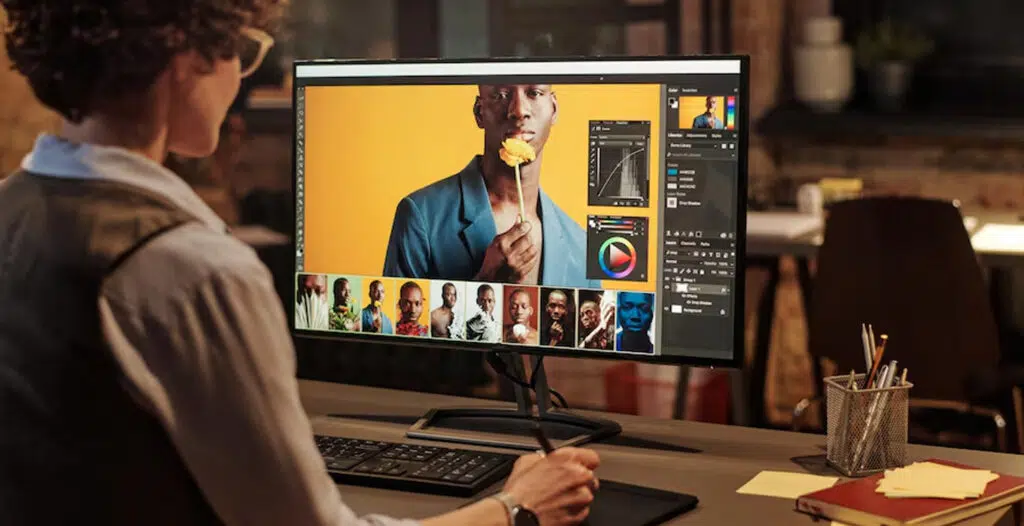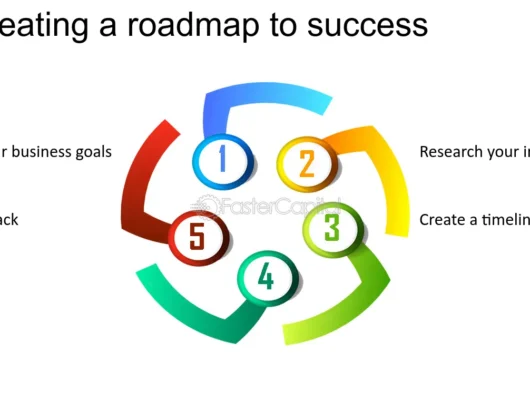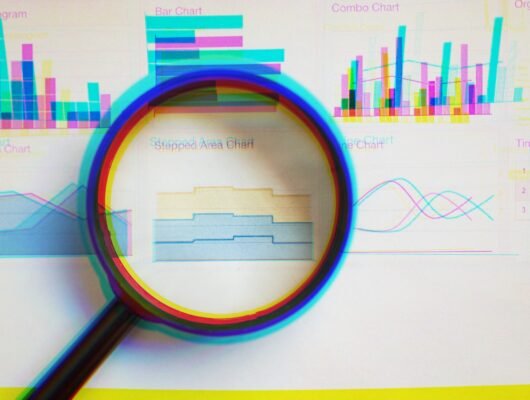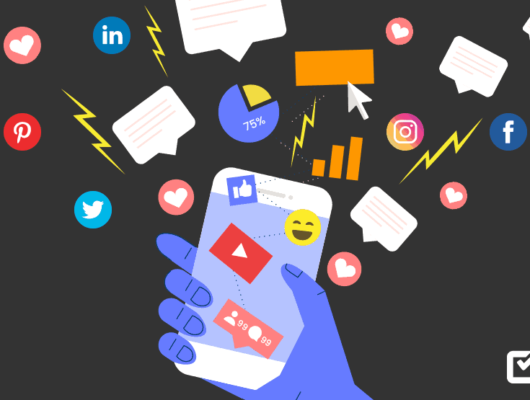In an era where digital content is king, motion graphic design has emerged as a powerful tool for capturing attention and conveying messages with impact.
Motion graphics combine visual elements with animation techniques to create engaging and dynamic content that can captivate audiences in ways static designs cannot.
From explainer videos to interactive ads, motion graphic design is transforming how we communicate and connect with audiences.
This article explores the significance of motion graphic design, its key components, and how to create compelling motion graphics that resonate.
What Is Motion Graphic Design?
Motion graphic design is a field of graphic design that involves creating animated visuals and video content to communicate ideas, tell stories, or enhance user experiences.
Unlike static graphics, motion graphics include movement, which can range from simple animations to complex visual effects.
This dynamic form of design is often used in video content, advertisements, websites, and interactive media to add visual interest and convey messages more effectively.
Why Motion Graphic Design Matters
1. Captures Attention
In a crowded digital landscape, capturing and retaining attention is crucial. Motion graphics stand out because they incorporate movement and animation, which naturally draw the eye. Whether it’s a short animated clip or a full-length video, motion graphics can grab viewers’ attention quickly and keep them engaged.
2. Enhances Storytelling
Motion graphics are incredibly effective for storytelling. Animation can bring concepts to life, visualize complex ideas, and create narratives that are both engaging and easy to understand. This is particularly useful for explainer videos, educational content, and brand storytelling, where clear and compelling visuals can significantly enhance the message.
3. Simplifies Complex Information
Some ideas and concepts can be challenging to explain with static visuals alone. Motion graphics allow for the representation of complex information through animation, infographics, and visual effects. By breaking down information into dynamic, easy-to-follow segments, motion graphics make it simpler for audiences to grasp and retain key points.
4. Boosts Engagement
Videos and animations generally have higher engagement rates compared to static content. Motion graphics can increase viewer interaction by making content more entertaining and visually stimulating. This increased engagement can lead to better retention rates and higher conversion rates for marketing campaigns and promotional efforts.
5. Supports Branding and Marketing
Motion graphics can be a powerful tool for branding and marketing. By incorporating brand colors, logos, and themes into animated content, motion graphics help reinforce brand identity and create a consistent visual presence. They can be used in promotional videos, social media ads, and website elements to strengthen brand messaging and drive brand recognition.
Key Components of Motion Graphic Design
1. Animation
Animation is the core element of motion graphic design. It involves creating the illusion of movement by sequencing individual frames or manipulating visual elements over time. Animation can range from simple transitions and effects to complex character animations and kinetic typography.
2. Typography
Typography in motion graphics involves animating text to convey messages in a dynamic and engaging way. Kinetic typography, where text moves and changes in synchronization with voiceovers or music, can add emphasis and interest to the content. Choosing the right fonts and animation styles for text is crucial for readability and visual appeal.
3. Visual Effects
Visual effects (VFX) enhance motion graphics by adding depth, realism, and visual interest. Effects such as particle systems, lighting, and compositing can create more immersive and visually appealing animations. VFX can also be used to integrate live-action footage with animated elements seamlessly.
4. Sound Design
Sound design complements motion graphics by adding audio elements that enhance the visual experience. Music, sound effects, and voiceovers can synchronize with animations to create a cohesive and engaging experience. Sound design helps set the tone, emphasize key moments, and keep viewers engaged.
5. Color and Style
Color and style play a significant role in motion graphic design. Consistent color schemes and visual styles ensure that the animation aligns with the brand’s identity and message. The choice of colors, textures, and design elements should complement the overall aesthetic and enhance the visual impact of the animation.
6. Timing and Pacing
Timing and pacing are critical in motion graphics. Proper timing ensures that animations flow smoothly and effectively convey the intended message. Pacing involves controlling the speed and rhythm of the animation to match the content and maintain viewer interest. Well-timed animations keep the viewer engaged and ensure that the message is communicated clearly.
The Motion Graphic Design Process
1. Concept Development
The first step in creating motion graphics is developing a concept. This involves understanding the goals of the project, defining the target audience, and outlining the key messages and objectives. Concept development includes brainstorming ideas, creating storyboards, and planning the overall structure and flow of the animation.
2. Scriptwriting and Storyboarding
A well-crafted script is essential for guiding the animation and ensuring that the message is clear and engaging. Storyboarding involves sketching out the key scenes and transitions to visualize the flow of the animation. This helps in planning the visual and narrative elements before the actual animation begins.
3. Design and Asset Creation
Once the concept and storyboard are finalized, the design phase begins. This involves creating visual assets such as illustrations, graphics, and typography that will be used in the animation. Designers focus on creating high-quality, visually appealing elements that align with the project’s style and objectives.
4. Animation and Motion Design
With the assets prepared, the animation phase starts. This involves animating the visual elements according to the storyboard and script. Animators use software tools like Adobe After Effects, Blender, or Cinema 4D to bring the design to life, incorporating movement, transitions, and visual effects.
5. Sound Design and Integration
Sound design is added to enhance the animation. This includes integrating music, sound effects, and voiceovers that complement the visuals and enhance the overall experience. Sound design is synchronized with the animation to ensure a cohesive and engaging presentation.
6. Review and Revisions
After the initial animation is complete, it’s important to review the work and make necessary revisions. Feedback from stakeholders or clients is incorporated to refine the animation and ensure that it meets the project’s goals and expectations. This phase may involve tweaking animations, adjusting timing, or modifying audio elements.
7. Final Export and Delivery
Once the animation is finalized, it’s exported in the appropriate format for distribution. This may include video files for online platforms, social media, or presentations. Ensuring the final product is optimized for the intended medium and meets technical specifications is crucial for delivering a high-quality animation.
Common Motion Graphic Design Mistakes to Avoid
1. Overusing Effects
While visual effects can enhance motion graphics, overusing them can make the animation look cluttered and distract from the main message. Use effects strategically to emphasize key points and maintain a clean, professional look.
2. Poor Timing and Pacing
Timing and pacing are essential for effective motion graphics. Poorly timed animations or inconsistent pacing can make the content difficult to follow and reduce its impact. Ensure that animations flow smoothly and that timing aligns with the script and soundtrack.
3. Inconsistent Branding
Inconsistent branding can weaken the effectiveness of motion graphics. Ensure that the design elements, colors, and typography align with your brand’s identity to maintain a cohesive and recognizable visual presence.
4. Lack of Focus on Storytelling
Motion graphics should tell a story or convey a message clearly. Failing to focus on storytelling can result in animations that lack coherence or fail to engage the audience. Ensure that the animation has a clear narrative and effectively communicates the intended message.
5. Neglecting Sound Design
Sound design is a critical component of motion graphics that enhances the overall experience. Neglecting sound can make the animation less engaging and impactful. Invest time in creating or selecting appropriate audio elements that complement and enhance the visual content.
Conclusion
Motion graphic design is a dynamic and powerful tool for creating engaging and memorable content. By combining animation, visual effects, typography, and sound design, motion graphics can captivate audiences and convey messages with impact.
Whether you’re working on an explainer video, a promotional ad, or an interactive media project, investing in high-quality motion graphic design is essential for making a lasting impression and achieving your communication goals.






